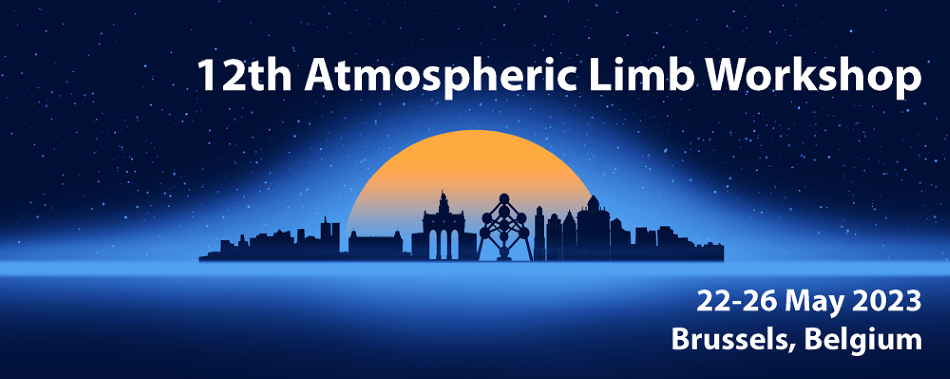Speaker
Description
Polar stratospheric clouds (PSC) play an important role in polar ozone loss. However, there are still gaps in our knowledge about PSCs and nitric acid trihydrate (NAT) particles in particular. Active lidar and passive limb emission satellite instruments allow for PSC measurements over the entire winter season at both poles and provide a classification between the three types: ice, NAT, and supercooled ternary solutions (STS).
NAT PSCs cause a specific spectral signature at around 820 cm-1 in infrared limb emission spectra. However, it turned out that the spectral signature varies: from a distinct peak with a maximum at 820 cm-1, to a shifted peak with a maximum at smaller wavenumbers to a broader step-like feature between 810 to 830 cm-1. Reasons for the shift may be the shape of the particles and the particle size.
In our study, we focused on Envisat MIPAS measurements and simulated ice, NAT, and STS particles. The simulations cover a comprehensive parameter range of particle sizes and number densities/extinctions as well as numerous cloud altitudes and thicknesses. Based on the simulations we improved the PSC detection and classification capabilities by deriving new separation thresholds. From the simulated NAT/ice/STS scenarios 98/98/97% could be unambiguously identified as NAT/ice/non-ice PSCs, respectively. The remaining scenarios fall into the category of "unknown".
For NAT PSCs our simulations show that the observed shift of the spectral feature is sensitive to particle size. Hence, we derived a coarse NAT particle size classification scheme for small (S<=1.µm), medium (M=1.5-3.5µm), and large (L=4-8µm) NAT particles based on the different shapes of the spectral feature. From the simulated NAT scenarios, 94/96/94% were classified correctly as S/M/L NAT, respectively.
Finally, we applied the improved PSC detection and classification algorithm as well as the new NAT size classification to the 10 years of MIPAS measurements. The number of NAT detections increased compared to previous analyses because the new method is sensitive to NAT particles larger than 3µm, which the previous method was not. In the Antarctic small NAT particles dominate and the number of NAT detections increased by a factor of about 1.2. In the Arctic medium and large NAT particles dominate and the number of NAT detections increased by a factor of about 2.

